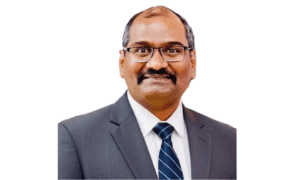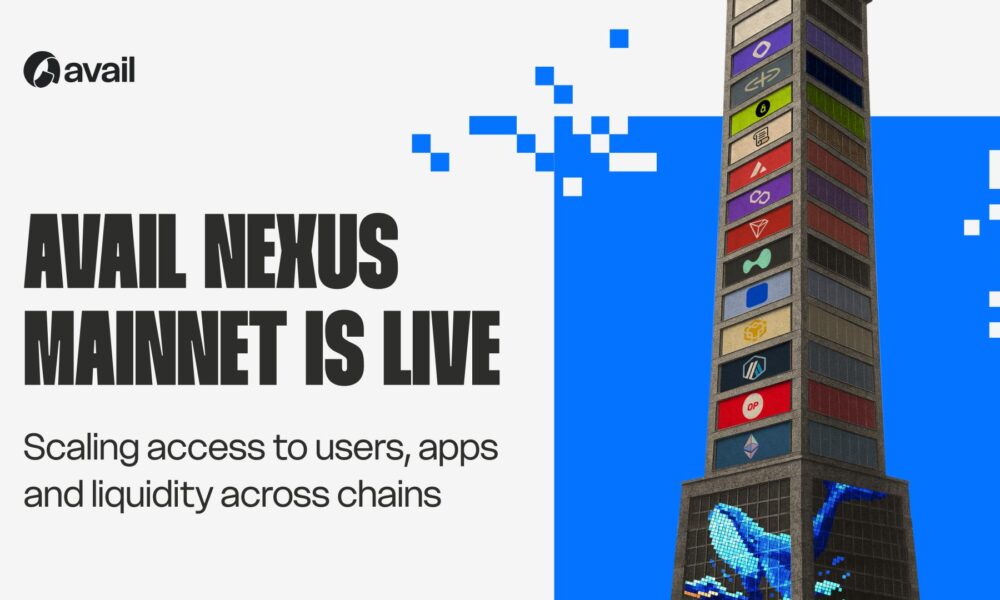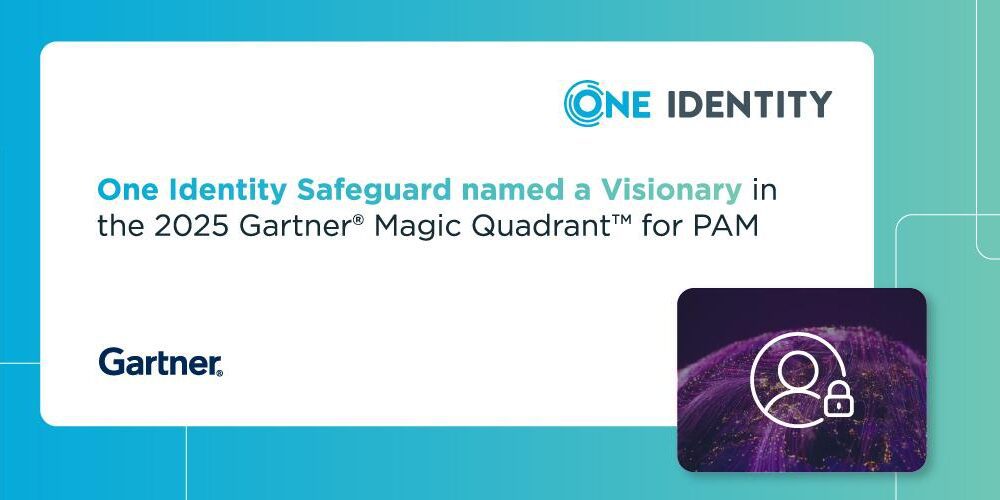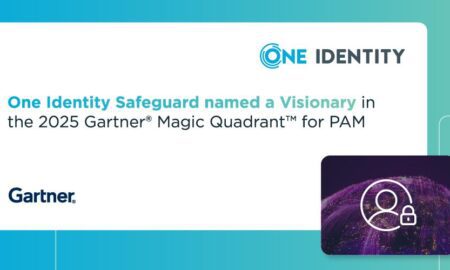Big companies struggle to deliver technical programs even with the most modern technological advancements we have made so far. Legacy infrastructure, siloed teams and shifting priorities kill execution. Even when programs meet functional requirements they often don’t make an impact. At the heart of many underperforming initiatives is a lack of focus on customer experience.
Disha Bhardwaj, a senior IEEE member, stands out for her ability to bridge this gap. A seasoned Customer Experience Professional with Technical Program Management expertise, she brings a human centered approach to large scale digital programs. Her work ensures that solutions are not only technically sound but also intuitive, accessible, and relevant to the people who use them. “A program that neglects the customer at the design table invites unnecessary rework during execution,” she says.
For Disha, meaningful transformation begins with aligning every aspect of the program to the customer journey—from planning and execution to servicing and long-term evolution.
Customer experience shapes better program planning
The most successful programs are those that embed customer experience from the very beginning of planning. But many companies still prioritize technical requirements or internal efficiency over usability and accessibility. As a result programs are delivered on time and within scope but don’t gain traction with users or provide measurable impact.
Disha advocates for integrating customer journey insights, behavioral data and frontline service observations into early stage program strategies. Designing with empathy, she says, means the solutions built are not just functional but usable.
Still, fewer than half of large organizations align their technical programs to CX-focused metrics like Net Promoter Score, Digital Satisfaction, and Real-Time Closed-Loop feedback adoption. Disha’s work redefines that separation, showing that strategic planning and customer alignment must move in parallel.
Execution aligned with real customer behavior
Planning sets the direction but execution is where programs often hit the wall. Many well-planned initiatives fail because the execution process doesn’t adapt to real-world customer behavior. Technical teams focus on delivering requirements while user needs evolve in real-time and the two become misaligned and rework happens.
Drawing from her experience in industries like retail, hospitality and automotive, Disha ensures execution stays grounded in customer reality. Instead of designing first and validating later, she maps customer scenarios and friction points upfront, anticipating potential roadblocks before they happen. This proactive, behavior-driven approach minimizes risk and ensures smoother implementation.
Gartner research supports this approach, showing organizations using customer journey analytics during execution experience higher adoption rates and fewer post-launch issues. In Disha’s programs, customer-centric execution not only improves performance but also team alignment and stakeholder confidence. Her model proves that building from customer experience leads to smarter execution and greater program resilience.
Post-launch servicing drives long-term value
After launch, many programs shift focus away from customer experience and into reactive servicing. But Disha sees post-launch support as a key driver of long term value. It’s where real feedback surfaces, trust is built and loyalty begins.
Support interactions aren’t just tickets – they’re signals. Each moment reveals gaps and opportunities for improvement. Organizations that treat servicing as a feedback engine are better equipped to evolve and scale.
As a Judge at the 1st Annual 2025 Globee Awards for Artificial Intelligence, Disha brings a sharp lens to what drives real customer value beyond delivery. She advocates using sentiment analysis, AI powered help desks and support analytics to spot and close experience gaps fast. Her programs create ongoing feedback loops between support, product and engineering – so every customer voice fuels progress.
According to Deloitte’s 2024 study, B2B companies using real-time service data see stronger customer satisfaction and higher upsell success. For Disha, lasting success doesn’t come from flawless launches – but from programs that adapt and grow through consistent listening.
Cross-industry knowledge strengthens CX frameworks
While the nuances of customer expectations vary by industry, the core principles of great customer experience are the same. Whether in retail where speed and personalization are key or in insurance where trust and transparency are essential, Disha applies CX frameworks that adapt to context without compromising on empathy or integrity.
Her deep cross-industry experience allows her to draw insights from one domain and apply to another, creating flexible yet robust program architectures. Her academic work, “Economic Indicators in Marketing Strategy: The Influence of PR on Business Success”, reinforces this approach. In it, she explores how perception, communication and economic signals influence customer engagement – insights she brings into every technical program she leads.
As Disha says, “customers don’t separate your technology from your brand. Every digital interaction – from page load speed to support responsiveness – is a reflection of brand equity”. Her CX frameworks ensure customer trust is not only earned but protected across every touchpoint.
The future of programs is experience-first and ethical
Customer experience will define how programs are built. Emerging technologies like AI and emotion-aware interfaces will shape systems that respond to customers in real time. IDC projects that by 2026, over 75% of enterprise applications will use embedded AI to personalize experiences dynamically.
But Disha says innovation must be paired with responsibility. Ethical AI, sustainability and data privacy will be just as important as performance. “The next generation of programs won’t just be built for customers – they’ll be built with them,” she says. Trust, transparency, and customer collaboration will become the new competitive edge.
In complex environments, program success is defined by connection, adaptability, and meaningful outcomes. Disha Bhardwaj combines customer insight with technical leadership to deliver truly effective solutions. By aligning every phase with real-world experience, she turns progress into lasting value.



































